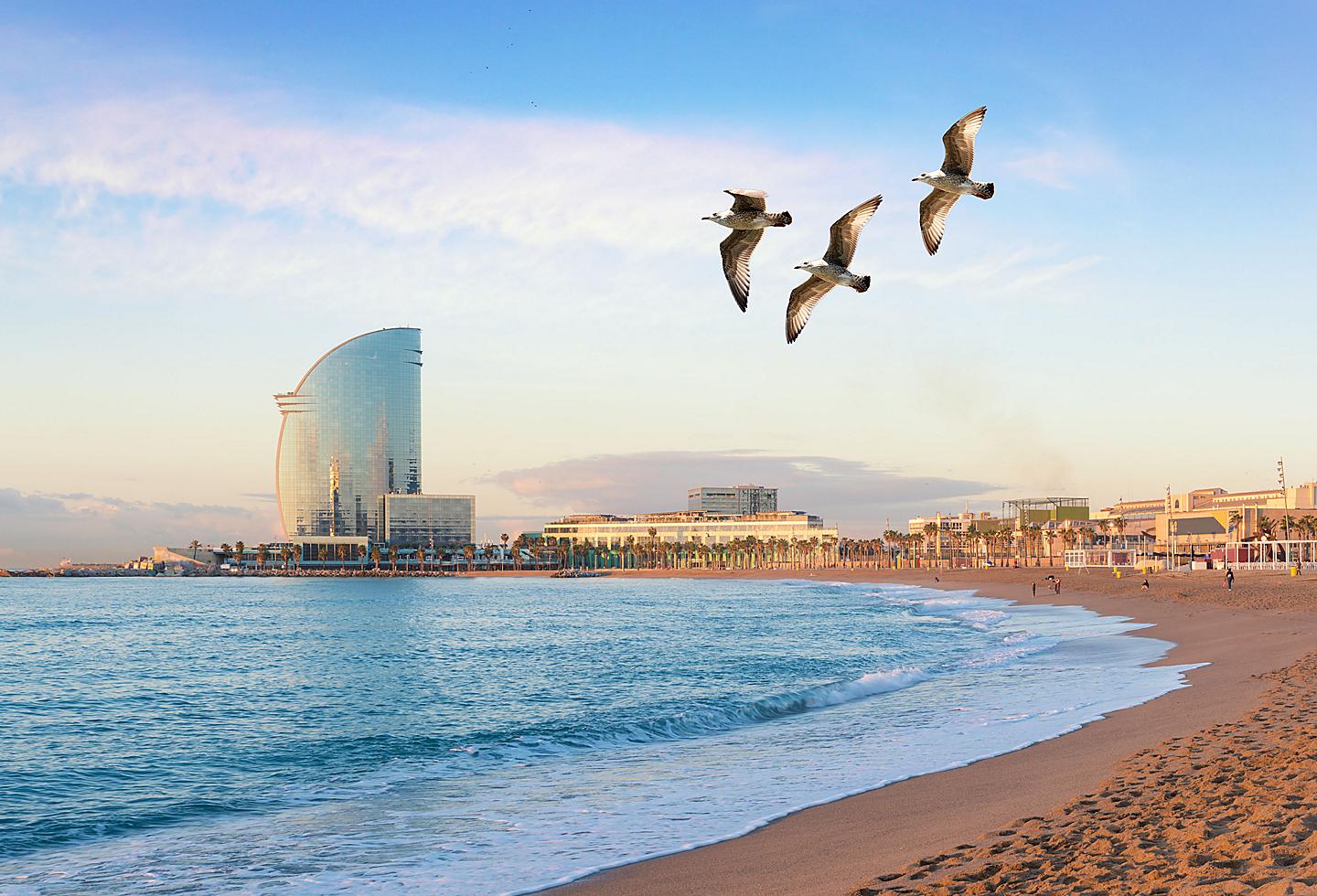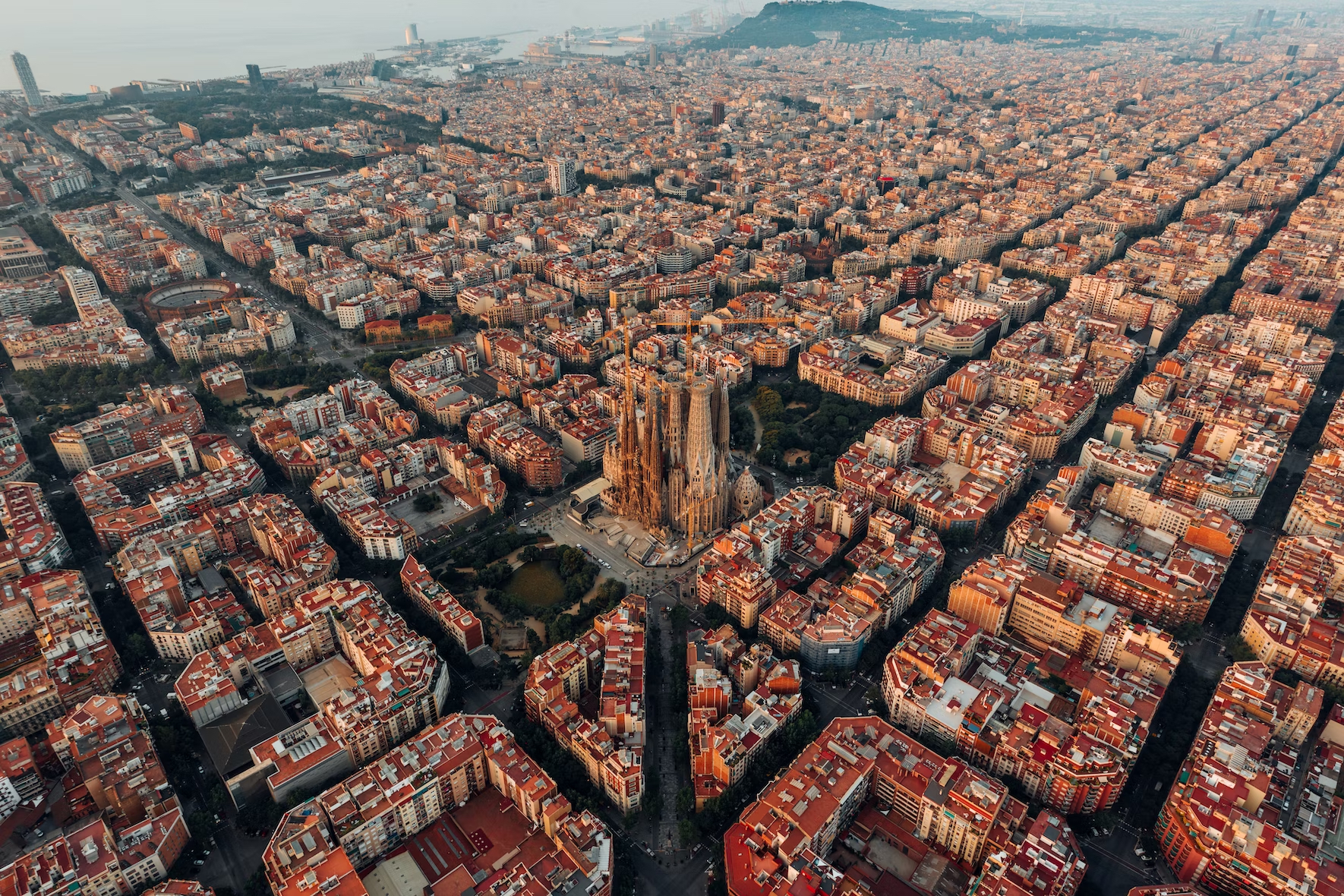26 Juni, 2023
I am a non-resident in Spain – What tax do I pay?
This article explains how to calculate Tax as a non-resident in Barcelona.

Non-Resident Property Tax (IRNR or IRPF)
You qualify as a non-resident in Spain if you live in the country for 183 days or less in a calendar year. Anymore than that and you will classify, for tax purposes, as a resident. The way you record your IRNR is different depending on whether you are a Landlord or a Property Owner not renting out your property.
Finding your IRNR as a Property Owner
For a property worth 200.000€
1. You must find the Cadastral Value from your IBI (see below)
Your IRNR tax will be dependent on whether your IBI Cadastral Value has or has not been updated within 10 years.
- IBI Cadastral Value (Updated within 10 years) x 1.1% = VALUE
- IBI Cadastral Value (Updated outwith 10 years) x 2% = VALUE
2. Once you have worked out the VALUE your IRNR Tax is then dependent on whether or not you are a Tax Resident of the EU + Iceland + Norway + Liechtenstein.
- VALUE x 19% = IRNR Tax of an EU + Icelandic + Norwegian + Liechtenstein Tax Resident
- VALUE x 24% = IRNR Tax of a non EU + Icelandic + Norwegian + Liechtenstein Tax Resident
*You declare this income annually every calendar year with the deadline being the 31st of December the following year – ie. the annual IRNR Tax of the calendar year 2022 has a submission deadline of December 31st of 2023.
Finding your IRPF as a Landlord
If you decide to rent out your apartment then you must record the IRPF that has been received from renting out this apartment quarterly.
1. Once again the IRPF is dependent on whether or not you are a Tax Resident of the EU + Iceland + Norway + Liechtenstein.
- (Income – Expenses) x 19% = IRPF Tax of an EU + Icelandic + Norwegian + Liechtenstein Tax Resident
- Income x 24% = IRPF Tax of a non EU + Icelandic + Norwegian + Liechtenstein Tax Resident
*The quarters are lodged dependent on activity, and declared during the first 20 days of January, April, July, and October.
Finding your Cadastral Value (Valor Catastral) from your IBI

Non-Resident Capital Gains Tax for Selling
The Capital Gains Tax for selling your property is the same regardless of whether or not you are an EU + Icelandic + Norwegian + Liechtenstein Tax Resident.
For a property bought for 200.000€, but sold for 300.000€.
1. When the sale is made the government takes 3% of the selling price as “retention”.
- 300.000€ x 3% = 9.000€
2. If a profit is made from the sale then the Capital Gains Tax around 19% of the profit must be paid.
- 100.000€ x 19% = 19.000€
3. When you pay the 19% Capital Gains Tax on the profit made from the sale, you ask the government for a rebate and you only pay the difference. You will pay the difference of 10.000€.
Working out the Plusvalía Tax for Selling
To work out the Plusvalía Tax, you need to visit your Town Hall and they will provide you the Coefficient. The Coefficient is a percentage dependent on the time during which you have owned the property.
For example if you have owned a property for 10 years then the Town Hall may state that the Coefficient is 8%.
1. If the Cadastral Value of the Land is 100.000€ and the period of ownership is 10 years
- Cadastral Value of the Land at the time of Sale x Coefficient percentage determined by the Town Hall = Plusvalía Tax
- 100.000€ x 8% = 8.000€
*You can now find the maximum Coefficient percentages here.
Terminology
IRNR – Non-Resident Property Tax (Impuesto sobre la Renta de no Residentes)
IRPF – Non-Resident Rental Income Tax (Impuesto sobre la Renta de no Residentes)
Capital Gains Tax – Non-Resident Tax on Real Estate Profits
IBI – Land Value Tax (Impuesto sobre bienes inmuebles)
Plusvalía Tax – Land Value Tax








